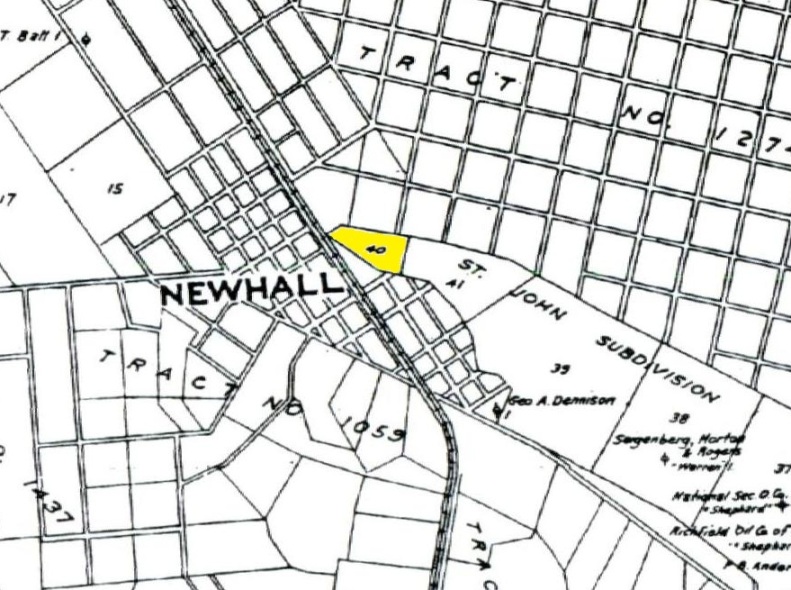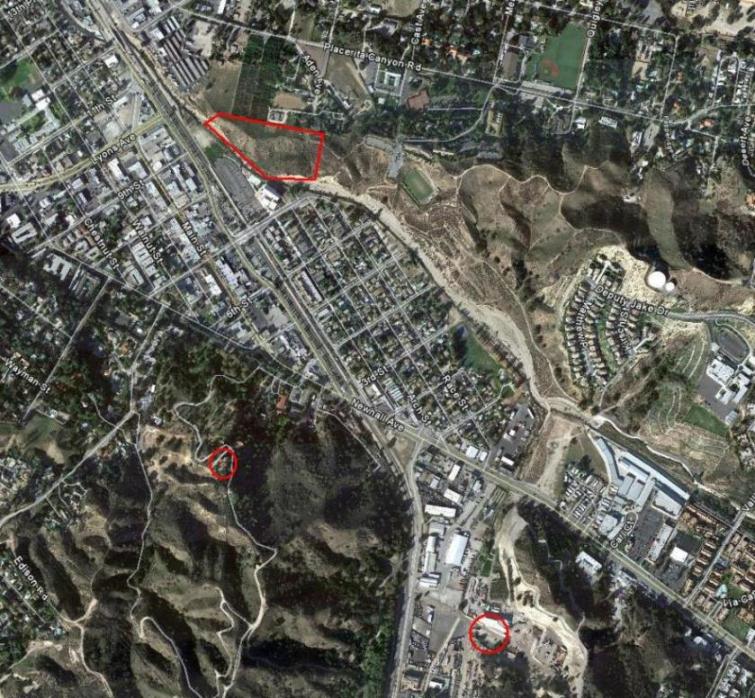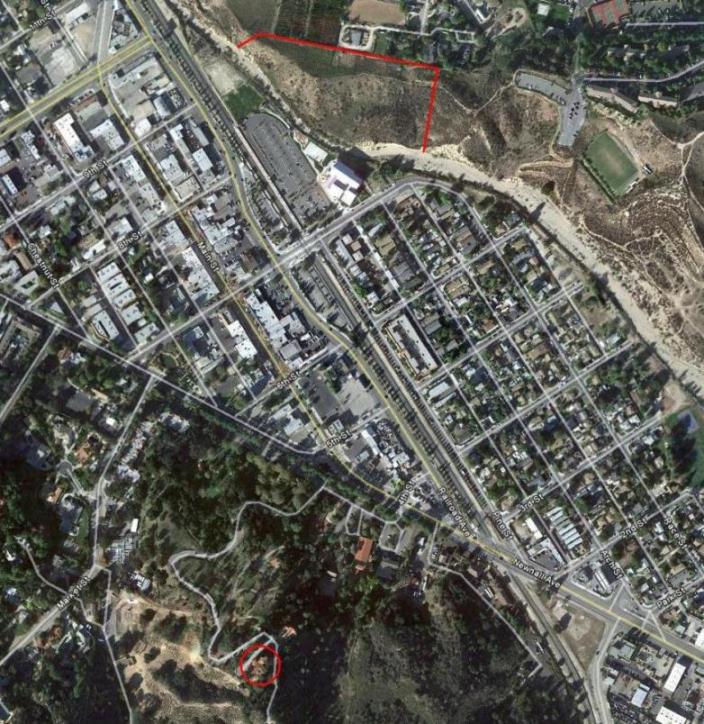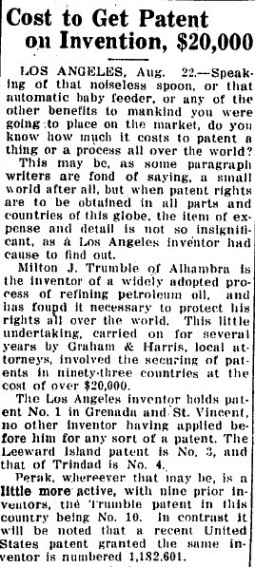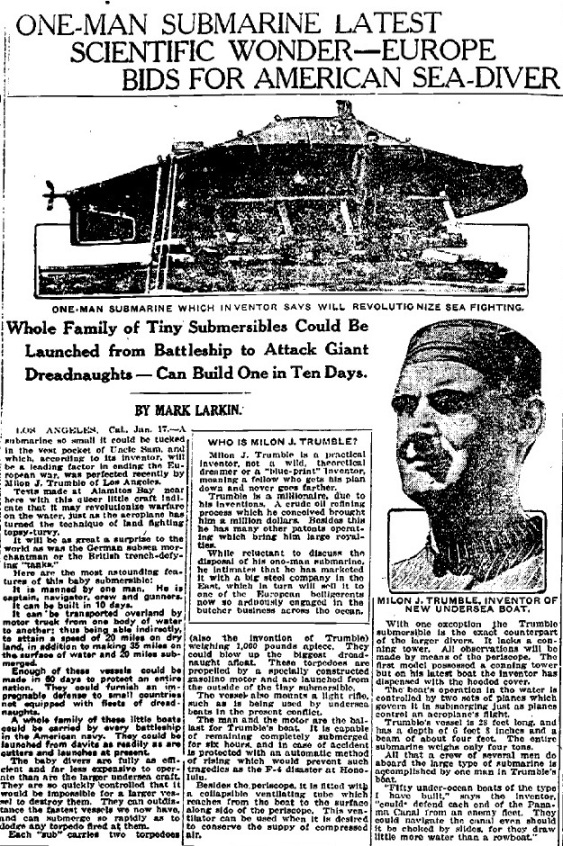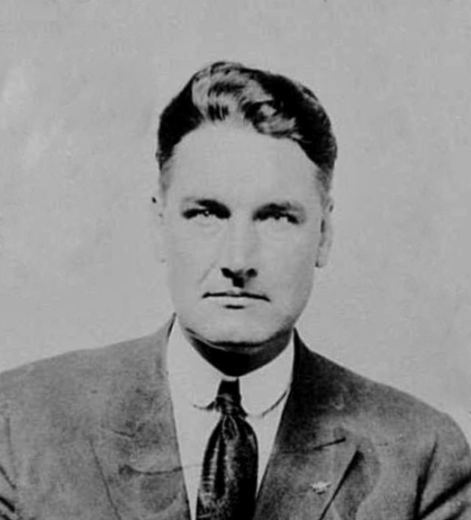|
|
|
|
|
|
|
|
"This being the time regularly set for hearing on the application of the Newhall Refiners, Inc., for permit to establish and operate Oil Refinery at Newhall, and due notice of said hearing having been given as required by law, said matter is called up; a protest by William S. Hart, is presented; and on motion of Supervisor Wright, duly seconded and carried, it is ordered that further hearing herein be continued to Monday, December 31st, 1928, at 10:00 o'clock a.m."On December 31, 1928, Hart attended the meeting and vigorously protested the construction of the refinery. A report had also been prepared by the county health officer. The minutes for that meeting said:
"This being the time heretofore set for further hearing on the application of Newhall Refiners, Incorporated, for permit to erect an oil refinery on Lot 40, St. John's Subdivision at Newhall, under the provisions of Ordinance No. 1494 (N.S.), said matter is called up, a report by the county Health Officer stating that the refinery referred to would cause a public nuisance and be detrimental to the public health, - is presented; J.A. Kidder and Dr. Pomeroy are sworn and examined; Whereupon, on motion of Supervisor Shaw, duly seconded and carried, it is ordered that said application be, and the same is hereby denied.Hart had won and Trumble had lost. Unfortunately, the permit does not seem to exist in the archives of the Board of Supervisors. Even more unfortunately, Trumble died in 1931.
|
|
|
|
|
|
|
|
|
|
|
|
